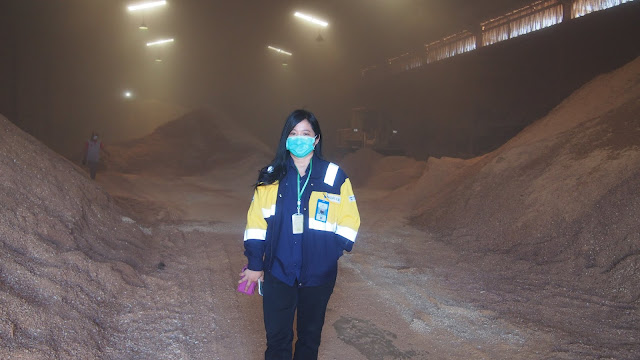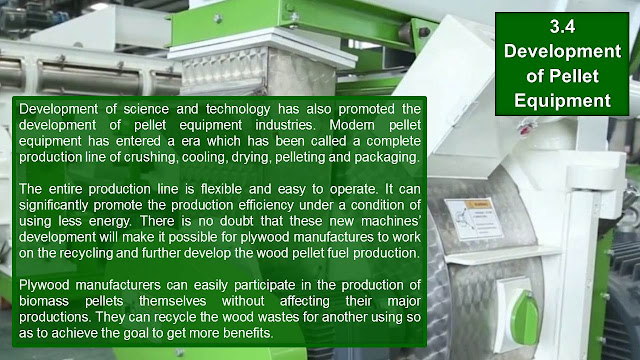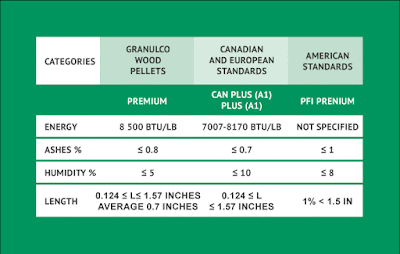Historical prices for delivered pellets
FutureMetrics has estimated the historical delivered (CIF) price of wood pellets from international trade data. The value and quantity of imported pellets reflects the actual prices that buyers are paying for the fuel. Most pellets are traded under long-term contracts. Some pellets (probably less than 15 per cent of total trade) are traded on the spot market.
Argus reports the weekly spot price of pellets. However, the spot price is quite volatile compared to the overall prices paid for imported pellets because the spot price reflects short-term supply and demand imbalances. If the market is in a state of excess supply, prices fall. If the market in a state of excess demand, prices rise. Since the spot market is a small portion of overall pellet trade, supply and demand imbalances have amplified impacts on the spot market. Long-term off-take agreement prices are stable and change only due to the terms of the contract. Below is the Argus spot price history.
FutureMetrics’
estimates for CIF prices and market shares by major suppliers for Japan, and
South Korea are below. Note that monthly data is somewhat volatile in part due
to how the data is gathered and the number of shipment per month for any given
month. The trade weighted average price and the trend lines help to see through
the volatility. Even with those issues, the estimated pellet prices are far
less volatile on a three-month rolling average than the spot prices.
Future pellet prices?
The price of pellets will be heavily influenced by long-term contracts for wood pellets. In fact, as noted above, the volatility of the spot market increases because majority of the market is under long-term contract. Since such a large percentage of the market is already under long-term take-or-pay contracts, when the market is in periods of excess demand or excess supply, the majority of the market correction has to take place within the 10-20 per cent of the total market that is traded on spot. In the long run, the contract price and spot price should converge around a market equilibrium price.
The intrinsic costs of producing and delivering pellets, including typical profit margins, will set the market prices for long-run supply contracts.Many of the forecast model’s modules use oil prices as a significant source of cost uncertainty. Harvesting and transporting wood to pellet mills, conversion to pellets, transport logistics by truck, rail, and ship, all contain a significant exposure to petroleum costs (such as diesel and bunker fuels). FutureMetrics utilizes the United States Energy Information Administration’s (EIA) forecast for oil prices (West Texas Intermediate or WTI). The chart below shows the EIA forecast (in nominal U.S. dollars assuming two per cent annual inflation) for oil prices and the forecast range of where actual prices may be.

Historical pellet ocean shipping freight rates provide insight into the expected long-term market clearing rates for typical-sized vessels from various pellet export terminals. FutureMetrics does not try to forecast the short- to medium-term drivers of shipping cost volatility.
The methodology of estimating expected future CIF prices involves developing independent forecasts for each of the main components of pellet costs:
•
Wood costs delivered to the pellet mill
•
Pellet mill conversion costs (excluding wood costs)
•
Pellet producers’ expected margins (using EBITDA per tonne as the model input)
•
Inland transportation from the mill to the port, and port storage and loading
costs
•
Shipping

The Korean consortium, represented by the CEO of GIMCO, signed a cooperation (MoU) with the Ministry of Health, PDTT (and PT Alam Bumi Cemerlang), to utilize waste / corn cobs (3500-4500kCal / kg) (in 24 districts) into wood pellets to be converted into village electricity in Transmigration area, Labangka, Sumbawa, NTB. The weevil will be mixed with Gamal trees (4168kCal / kg, 24% moisture content, 2.97% ash content) and Kaliandra (5000Ha) to be used as wood pellets and exported to South Korea to fuel South Korean PLTBm. An investment of USD400 million was also planted to fund a 400,000 ton / year wood pellet factory and a 30MW PLTBm in Sumbawa.
Sawdust,
rice / wheat straw, rice husks (3300kcal / kg), bagasse / bagasse (containing
2.5% sugar, 1.825kCal caloric value), corn stalks / sorghum, leaf litter,
grass, twigs, Palm EFB (tankos oil palm), and plant parts that have been
considered waste can be a source of WP. WP business actors have started to
plant fast-harvesting wood that has minimal maintenance and high energy content
as a mixture of these wastes. For example: Chinese petai (Leucaena
leucocephala), red calliandra (KM) (Caliandra calothyrsus), and Gamal
(Gliricidia sepium). The purpose of making WP is that the calorific value of
the wood waste is to be increased so that it becomes BB with calories close to
coal (5,000 - 6,000 kCal), which is around 4,200 - 4,800 kCal with an ash
content of around 0.5-3%.









































